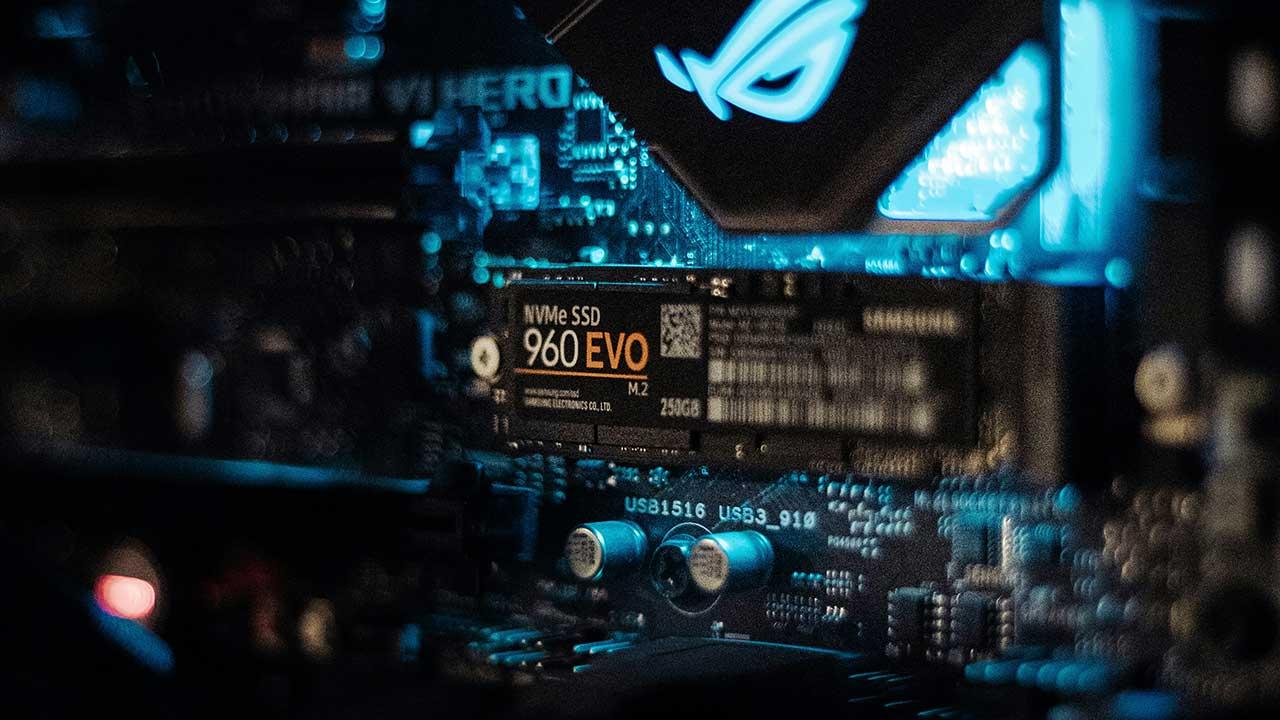If it is a unit M.2 SSD You need to make sure the drive is placed in the correct slot and fits properly. If so and your PC has two M.2 slots, change the slot of the device and try again.
Access BIOS
If the physical connections of the storage unit are correct, the next step is to access the PC BIOS and check if it recognizes the new storage unit.
Information about storage units, if applicable BIOS / UEFI It is in English and is located in the Storage section and where we must check if the unit we have connected is displayed available. We can also check if the drive is available in the BIOS through the Boot section, where the default drive that the system uses to boot should be displayed and where the new drive that we connected should also be available.
You must click on the new unit to select the interface it uses, whether SATA o PCIebecause the BIOS may have misidentified the drive and that’s why Windows doesn’t have access to it.
Disk Manager
Once we successfully get the BIOS to detect the new drive, Windows may still not recognize it. To give it the impetus it lacks, we must initialize the SSD using Disk Manager where the new storage unit should be displayed, although at the moment it has not yet received the corresponding letter.
With him Disk Manager open, we select the unit that we have connected and with the right mouse button we select the function New simple volume
Update drivers
The one whose drive Windows detected SSD storage that we added to the team, it should work without any problems. However, its speed or performance may not be the best of all.
The solution to this problem is to update the drivers of the storage units we have connected. To do this, you must access the Windows Device Manager, click on the option HDDs
What to do if nothing works
After following all the steps detailed above, the SSD should work. However, it is possible that a malfunction is present and that we are looking for a solution to a problem that is not really linked to our equipment but rather to the device that we are trying to connect.
To dispel doubts, if we have an external hard drive enclosure, we must use it with the SSD and check if the unit works as external storage drive. If so, there is a step we indicated that was not done correctly. But if it doesn’t work, that means the problem is with the device and not with the PC we want to connect it to.
Table of Contents












